Whenever I’m asked to paint a dragon my first reaction is always total excitement. I (almost) always enjoy the painting process no matter what I’m working on but when it’s a dragon the little 8-year-old Chris in the back of my mind really starts to party down. My second reaction is always “Oh man, how am I going to make this one stand out from the thousands of awesome dragons that have already been done?”. There are so many great dragons both in modern fantasy art and in classical art that it can become really overwhelming if you let it.
I remember struggling quite a bit with the first dragon assignment I got as a working artist (Thunder Dragon, for Magic, the Gathering) for this exact reason, just trying to think of something that felt new in the face of all that history seemed impossible, like everything had already been done. The breakthrough eventually came when I decided to stop thinking of it as a dragon at all, I just started to think about it as a big flying predator without any historical baggage or parameters, then about what I could use for inspiration. After allowing myself to kind of free associate that way I found I was looking at all kinds of different animals and eventually wound up with a design I thought was interesting, kind of a pit-bull inspired shape that was pretty aggressive and felt like my own.
It’s still a great challenge every time but there’s nothing worse than knowing you’re limiting yourself. At least for me, identifying these kinds of mental blocks and finding your way around them is hugely important as an artist. Since then I’ve painted quite a few dragons and my goal is always to push the design somewhere I’ve never been before. For example, in one of my more recent dragons, Crosis, the Purger, I looked at scorpions, centipedes for some aspects and large beetles for the wing structure.
That’s really one of my favorite things about dragons, the fact that while they’re a powerful icon they’re also infinitely malleable.
Anyway, Here are a few more just for kicks!
Thanks!
-Chris
It’s worth noting that all of the images you see above were created traditionally, using oil paints. To see more of Chris’ paintings, visit his website at: http://www.rahnart.com/


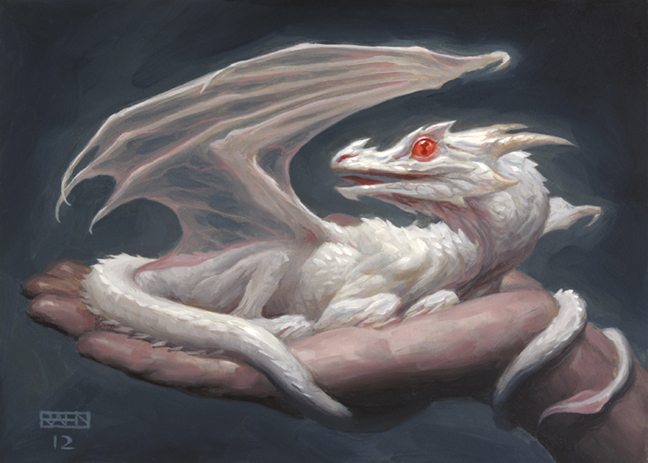

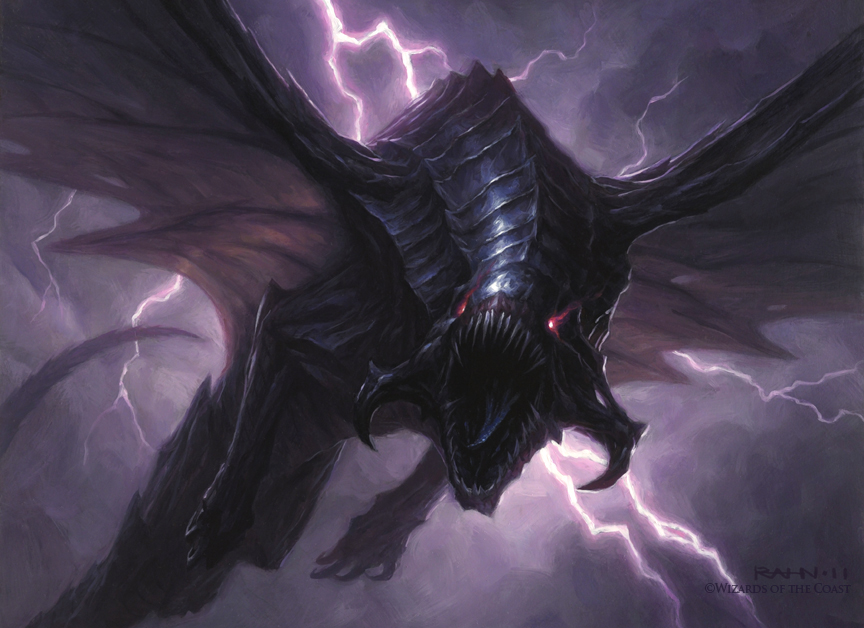


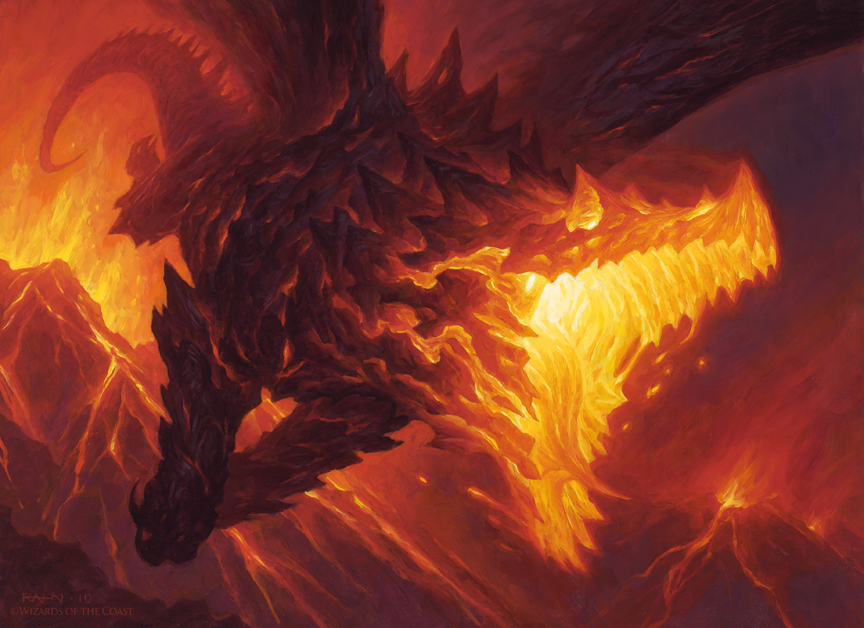
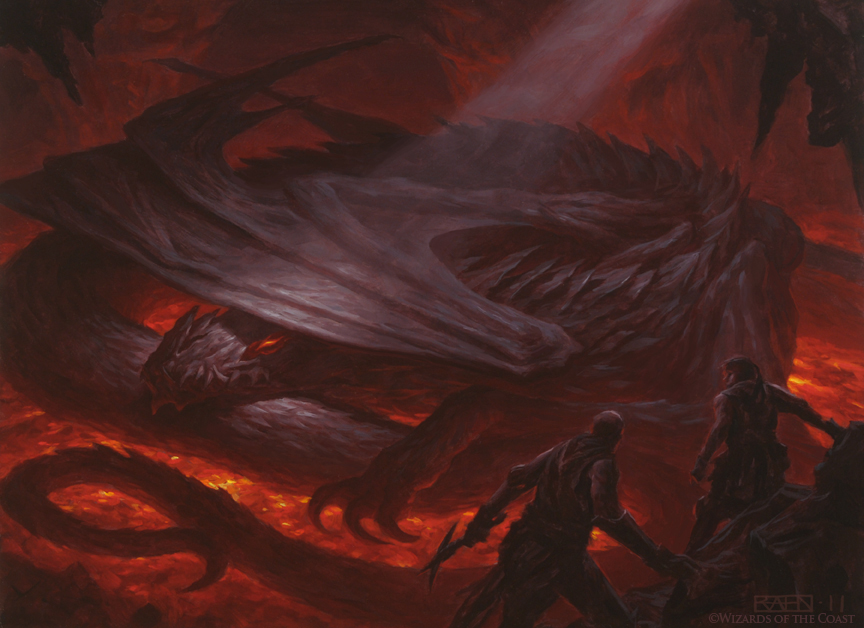
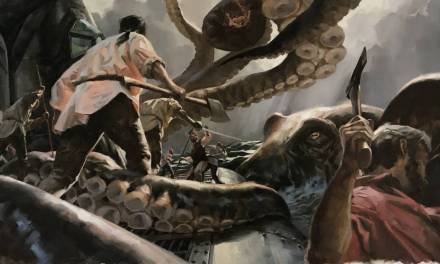
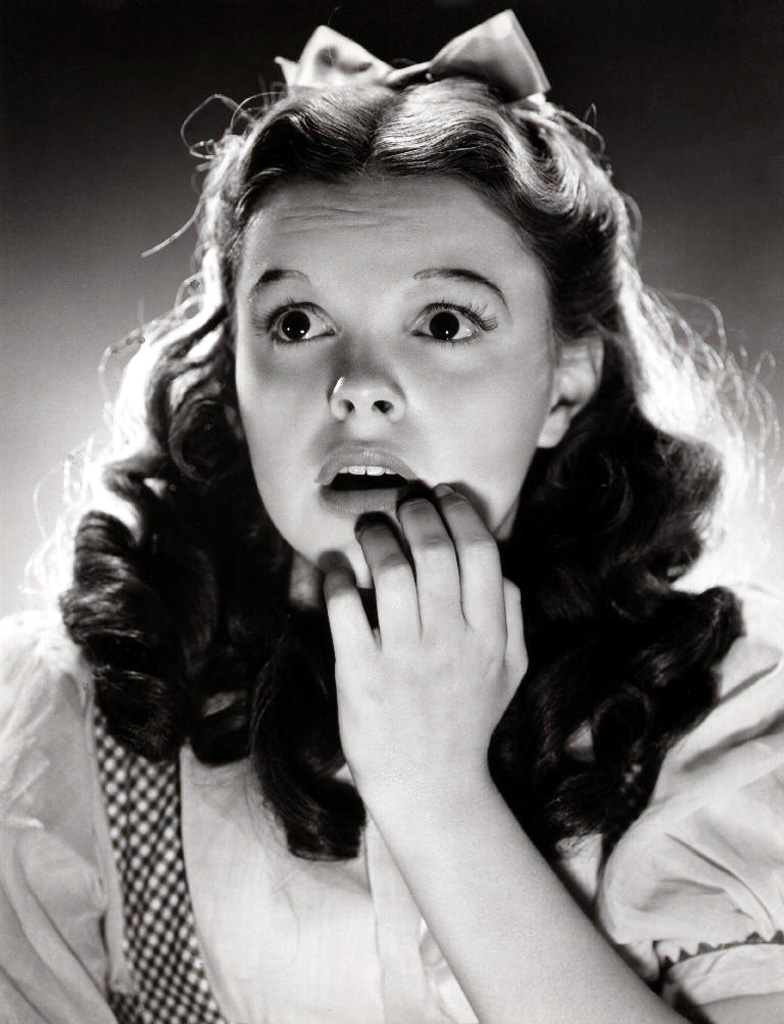

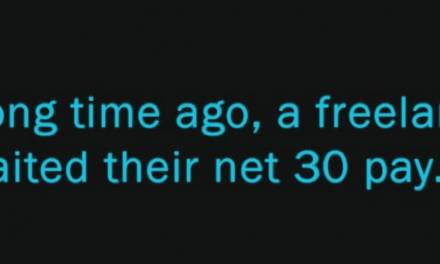

Crosis the Purger have the full feeling of which , if dragons can exist somewhere, somehow, would be in this way!
That last coiled dragon is amazing!
Those are fantastic. You can actually feel the mass of them.
Stunning as always!
Amazing art! That magma dragon or w/e it is…just wow! I still remember the 1st time I saw it- things can get more epic than that only if it had an electric guitar 😀 Can you share your process with us, a link to a walkthrough or a step by step. I rly dig your dark Rembrand-like kind of style
The white one… awesome work!!
That’s amazing! They’re exactly what I was looking for! I thank you all for sharing these wonderful and satisfying experiences with me! Now let’s go with family and friends.